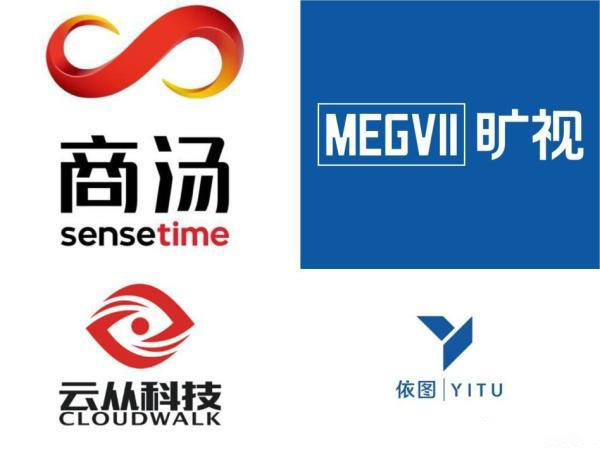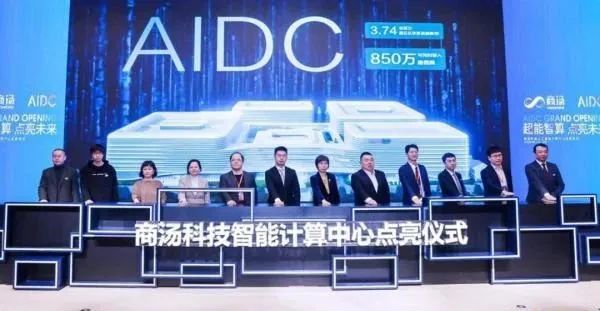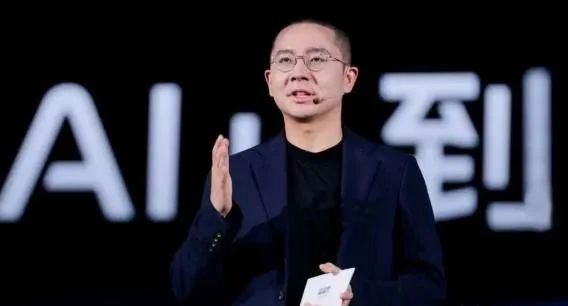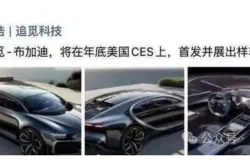The AI Four Little Dragons Face Hardships: Pay Cuts, Overtime, and Layoffs
![]() 04/22 2025
04/22 2025
![]() 447
447


Editor: Yuki
ID: YukiYuki1108
In the annals of China's AI development, the "AI Four Little Dragons" — SenseTime, Megvii, CloudWalk, and Yitu — undeniably stand out as a group of pioneering enterprises. Emerging between 2011 and 2015, these innovative companies once set the benchmark for China's AI industry. Leveraging breakthroughs in computer vision technology, they swiftly ascended to prominence, showcasing robust technical prowess and significant market potential in areas such as facial recognition, security surveillance, and smart healthcare.
However, as the industry matures, the "Four Little Dragons" are now navigating a challenging transformation period. The latest financial report for 2024 reveals:

SenseTime's annual revenue stood at 3.772 billion yuan (approximately $520 million), accompanied by a net loss of 4.306 billion yuan (approximately $590 million). CloudWalk reported a total revenue of approximately 398 million yuan (a 36.6% year-on-year decline), with a net loss ranging from 590 to 680 million yuan. Yitu Technology and Megvii also faced varying degrees of operational pressures.
Behind these figures lies a profound transformation within the entire industry. The once capital-driven rapid expansion model is giving way to a more pragmatic approach focused on commercial viability.
The once-renowned trio of computer vision giants are now undergoing a painful rite of passage into adulthood.
These self-rescue measures are revealing alarming financial strains:
SenseTime has incurred losses totaling 54.6 billion yuan over seven years, CloudWalk's performance shrank by 36%, Yitu shut down its Wuhan base, and Megvii shifted its focus to the automotive sector.
Radical downsizing has become commonplace:
Staff reductions ranging from 30% to 70%, withdrawal from overseas offices, and the closure of non-core businesses.
In this survival game, there are no winners:
Average salaries are 12% lower than those of major internet companies, core team turnover rates reach 40%, and delayed year-end bonuses have become the norm.
An anonymous CTO candidly stated: "We now focus solely on three things — preserving cash flow, cutting costs, and identifying new scenarios." This pragmatism mirrors the collective anxiety within the industry:
As GPTs redefine the competitive landscape, these companies, which initially thrived in the "visual" field, are now compelled to fight a desperate battle in the multimodal arena:
Over 600 pre-trained models, trillion-parameter training capabilities, and an 80% reduction in hardware costs.
Lin Chenxi's remark that "we only look at the three-month plan" may encapsulate the truth — in an era where algorithm iteration outpaces commercial deployment, "surviving" is itself a core competitiveness.
According to insiders, "working 12 hours a day is now the norm," with one project team implementing a "996 work system" for three consecutive months. This is further compounded by salary adjustments: starting salaries for fresh graduates have been reduced by 25%, management salaries have been collectively cut by 20%, and stock option incentives have been significantly diminished.
The most severe issue is the personnel optimization storm: Yitu's medical team was reduced by 70%, CloudWalk's middle management turnover rate reached 40%, and SenseTime's Singapore team was entirely laid off. A departing engineer bitterly remarked: "It's no longer the 'Big Four' but the 'Two Cripples' — those who endure this round of restructuring will emerge victorious."
Faced with the new market environment, the "Four Little Dragons" have adjusted their development strategies:
1) In terms of personnel structure optimization,
SenseTime underwent strategic reorganization,
CloudWalk revised its compensation system.
2) In terms of business layout,
Yitu concentrated on core business areas,
Megvii actively explored emerging application scenarios.

During their adjustments, the "Four Little Dragons" unanimously directed their attention to the cutting-edge technology domain of multimodal large models:
SenseTime's innovative endeavor,
The "Ririxin V6" large model, released on April 10, 2024, achieved significant advancements in multimodal capabilities. The product not only supports enhanced deep fusion processing for text, images, and videos but also demonstrates competitive advantages in multiple benchmark tests.
CEO Xu Li stated:
"Pure language models cannot fully and truly express human intelligence."

Yitu Technology's transformation exploration,
Through strategic collaboration with Huawei, it launched innovative products such as the Ascend large model AIO, effectively reducing hardware costs and enhancing operational efficiency.
Co-founder Lin Chenxi shared:
"Although we haven't made substantial profits in the past three years... the company is now profitable."
Megvii's differentiated development path leverages its algorithmic strengths, focuses on emerging application areas like intelligent driving, and demonstrates a unique approach to growth.
These transformation initiatives reflect the profound changes underway within Chinese AI enterprises:
1) A shift from pursuing scale expansion to emphasizing commercial value,
2) A transition from single technology breakthroughs to comprehensive capacity building,
3) A move from capital-driven to innovation-driven strategies.
The current market environment necessitates that enterprises place greater emphasis on tangible benefits and sustainable development. The journey of the "Four Little Dragons" actually mirrors the typical growth trajectory of the entire Chinese AI industry — the industrialization of any emerging technology necessitates a complete process, from concept validation to commercial deployment.

As insiders note:
"We rarely discuss plans beyond three years... we focus more on the next three months, three weeks."
This pragmatic attitude may be precisely what enterprises need most during this transitional period. It signifies the maturation of China's AI industry:
1) More rational development expectations,
2) More robust business strategies,
3) More pragmatic innovation pathways.
Looking ahead, the evolution of the "Four Little Dragons" continues to warrant close attention:
1) Will technological innovation continue to forge ahead?
2) Can their business models truly succeed?
3) How will the market competition landscape evolve?






